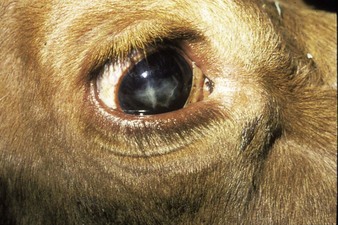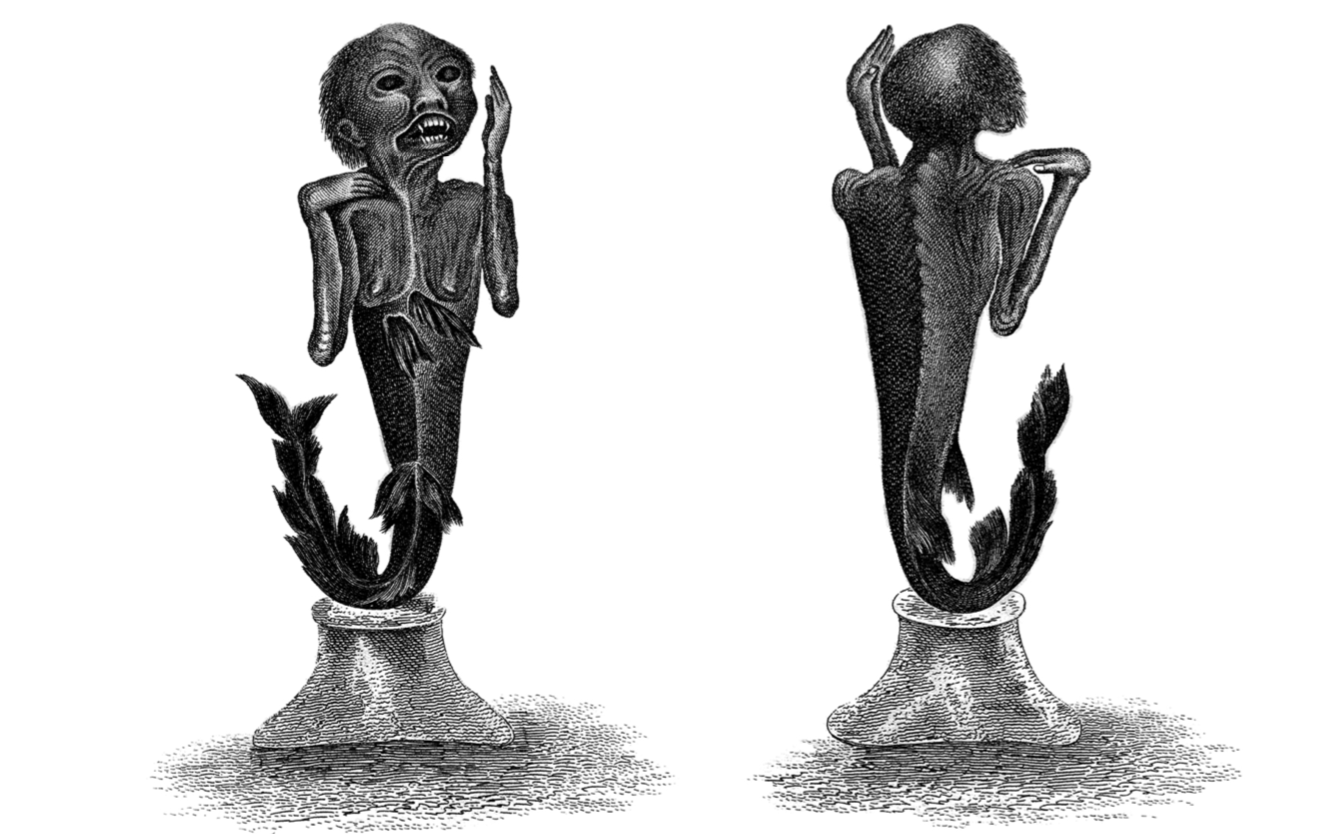בכורות לו, א
מילתא דעבידא לאיגלויי לא משקרי בה אינשי
People do not lie about something that may later be revealed [as having been false]
Can a Cohen may be relied upon to testify that first-born animal in his possession has been declared by an expert to have a blemish (which would widen its permitted uses)? Rav Yehuda ruled (in the name of Rav) that the Cohen should indeed be believed. Since that expert could come forward and state that he issued no such ruling, the Cohen would not risk being discovered as having lied. In a small village or town of a few dozen to a few hundred families, this ruling is reasonable. To lie would expose the Cohen to the risk that his fraud might be exposed. But does Rav Yehuda’s no-lying rule make sense in today’s society?
It is important to point out at the outset that Rav Yehuda is not claiming that, as a rule, people do not lie. His point is that if they risk being discovered, they will not do so. So if there is no risk of the lie being detected, well, all bets are off.
“Most people lie often”
In 2002 Robert Feldman published a study demonstrating that 60% of people lied at least once during a 10-minute conversation and told an average of two to three lies. Now this cannot really be generalized, since it involved 121 pairs of undergraduate psychology students at a large state university who had to speak to a stranger for a period of time in a laboratory setting (and for their participation, received extra credit in their introductory psychology course). Although the researchers acknowledged that it would be “ hard to imagine that people lie almost three times per 10 min during most social interactions” the study was widely cited in the media, and is another example of journalists failing to take the time to understand what a scientist is actually claiming.
But there is a substantial and more reliable body of literature about the prevalence and psychology of lying. For example, there is the Principle of Veracity, first articulated by the philosopher and ethicist Sissela Bok. According to Bok, there is a moral asymmetry between truth and deception such that ‘‘truthful statements are preferable to lies in the absence of special considerations.” In other words people will be honest when the goals are attainable through honest means; absent a motive, honesty prevails. It sounds obvious, but that didn’t prevent three psychologists from Michigan State University to put this to the test. And not all lying is the same. People tell more lies to strangers than to close friends, and if people lie, they tell different lies to their close friends than to strangers: They tell more self-centred lies to strangers, more other-oriented lies to close friends, and more altruistic lies about close friends than about strangers.
“When social, psychological, and instrumental goals...can be accomplished without deception, then, absent psychopathology, people are honest. People do not deceive when the truth is equally efficacious. However, situations are sometimes such that the truth thwarts goal attainment. In these situations, people tacitly or actively consider deceit, and deceit is more or less probable depending on the importance of the goal, the difficulty of goal attainment absent deceit, and the probability of avoiding detection. ”
Here is how the behavioral economist Dan Ariely summed up his comprehensive research on cheating and lying in his 2012 book The (Honest) Truth About Dishonesty:
Over the past decade or so, my colleagues and I have taken a close look at why people cheat, using a variety of experiments and looking at a panoply of unique data sets—from insurance claims to employment histories to the treatment records of doctors and dentists. What we have found, in a nutshell: Everybody has the capacity to be dishonest, and almost everybody cheats—just by a little. Except for a few outliers at the top and bottom, the behavior of almost everyone is driven by two opposing motivations. On the one hand, we want to benefit from cheating and get as much money and glory as possible; on the other hand, we want to view ourselves as honest, honorable people. Sadly, it is this kind of small-scale mass cheating, not the high-profile cases, that is most corrosive to society.
The Prevalence of Lying in America
A 2010 survey of 1,000 American adults found that 60% reported telling no lies at all over a 24 hour period. It also found that almost half of the lies are told by 5% of adults. In other words, most lies are told by a few rather prolific liars.
(A) The majority of Americans reported they did not lie in the past 24 hours (60%). (B) Percentage distribution by number of lies told; 32% told one to five lies and 8% reported telling six or more lies. From Serota K, Levine T and Boster F. The Prevalence of Lying in America: Three Studies of Self-Reported Lies. Human Communication Research 36 (2010) 2–25.
Over time, the researchers concluded, “most Americans probably lie at least occasionally. But the inference of pervasive daily lying, drawn from the statistical average of one to two lies per day, and reinforced by media coverage of corporate deception and political malfeasance, as well as pop culture portrayals of deception detectors, belies the basic honesty present in most people’s everyday communication.” So there is hope after all.
Those in the UK tell more lies
Using the same methodology, the same researchers surveyed almost 3,000 adults in the United Kingdom. As in the United States, most people in the UK reported lying relatively infrequently, but a few prolific liars had deceptive behavior that is both more pronounced (more big lies) and riskier in terms of the consequences of being caught. The U.K. mean was about one-and-a-half lies per day or more than double the U.S. mean of 0.70, providing some evidence that lying is more prevalent in the United Kingdom than in the United States. Make of that what you will.
Situations in which prolific and everyday liars consider it acceptable to lie. Data from the UK survey by Serota and Levine. A Few Prolific Liars: Variation in the Prevalence of Lying. Journal of Language and Social Psychology 2015, Vol. 34(2) 138–157/
If only it were so
People will lie even if there is a risk of being discovered, and will do so brazenly and without concern for others. Just ask Elizabeth Holmes. Actually, don’t ask her, since she’d probably lie you. Rav Yehuda’s rule that people will not lie if there is a risk of their lie being uncovered is at best aspirational. Sadly, it is no-longer an accurate description of social norms. (Perhaps it never really was.) But wouldn’t it be wonderful if it were so?




















